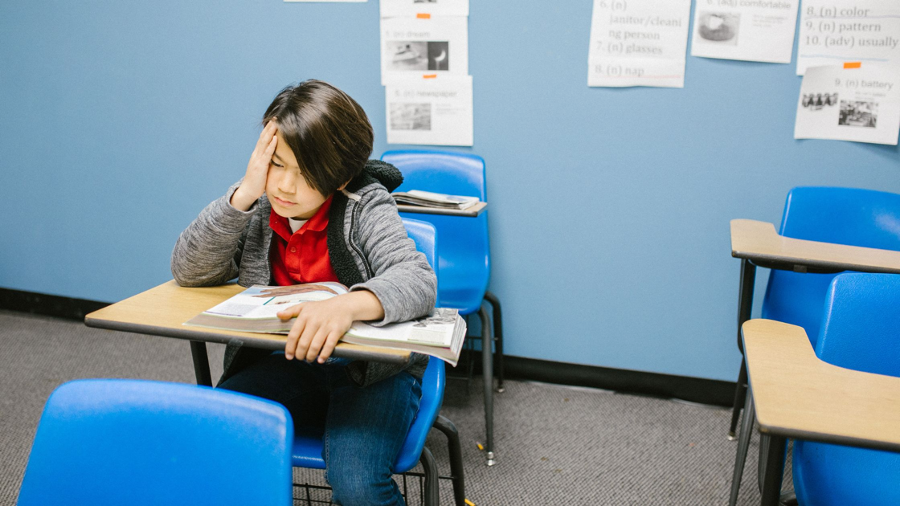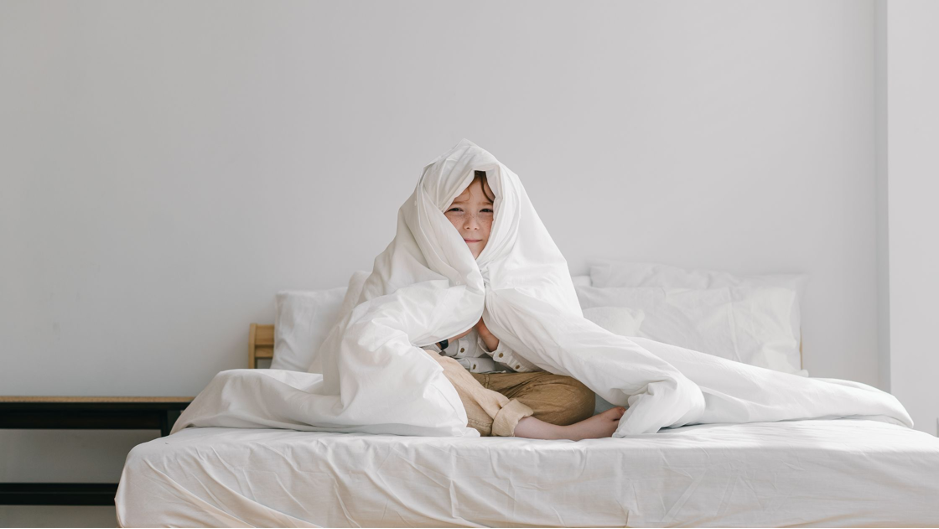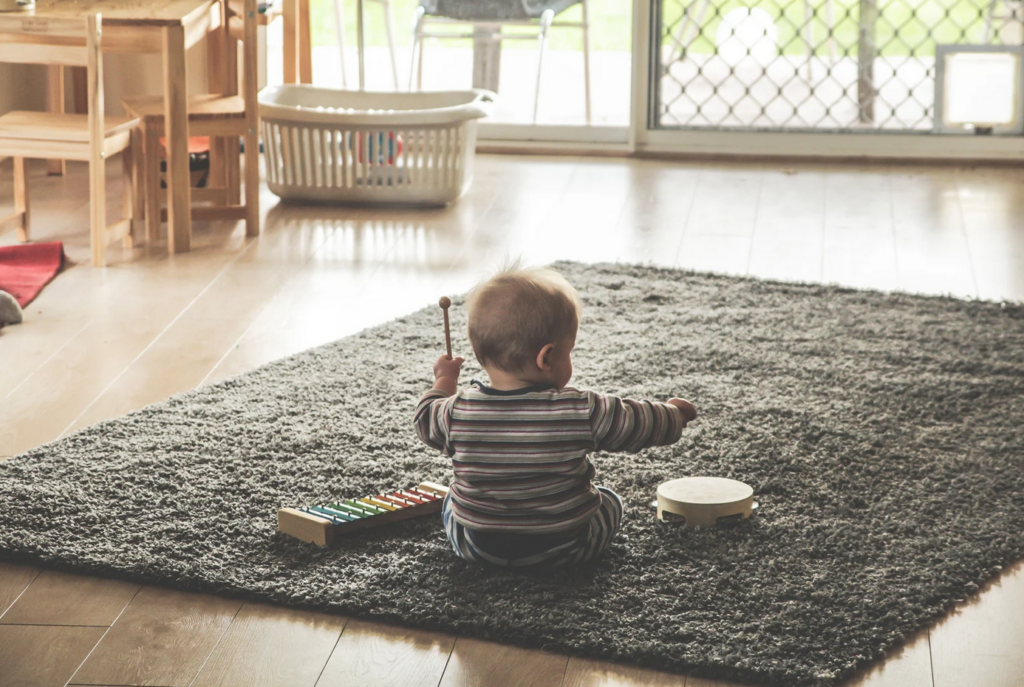Autistic children challenge with sensory issues and experience difficulty processing information from one or more of the five senses (sight, hearing, smell, taste, and touch).
Sensory issues are one of the diagnostic criteria for autism spectrum disorder. Each autistic individual is unique and is predisposed to specific sensory sensitivities. These individuals may be either hypersensitive or hyposensitive to a wide variety of stimuli. Some children can have both oversensitivity and hyposensitivity in different senses.
It can be particularly difficult for autistic individuals to deal with certain light frequencies or bright lights, as well as certain smells, textures, and tastes. Sensory avoidance is the term for the desire to avoid stimuli that most people can ignore. For instance, an autistic person might cover their ears to avoid loud or unpredictable sounds or may steer clear of certain clothes.
Individuals with autism constantly have to be on the move, cannot recognize their hunger, illness, or pain, or be attracted to loud noises, bright lights, and vibrant colors. People with hyposensitivity seek out more sensory input by seeking out sensory stimulation such as noise, bright lights, and vibrant colors.
Hypersensitive to sensory information
Hypersensitivity is when autistic children become reactive to external stimuli such as loud noises, textures, or clothing. These children avoid these experiences to avoid getting sensory overload.
Hyposensitive to sensory information
The term hyposensitivity describes children with autism who are insensitive to sensory information. These children seek out sensory experiences such as looking for things to touch, listening to sounds, or tasting things. They may also rub their arms and legs against things to gain sensation.

What are the signs of sensory impairment?
Autistic individuals with sensory sensitivities may be found navigating a busy space, spending all day under LED or fluorescent lights, or processing conversations in a loud environment, which can be exhausting. An individual with certain sensory sensitivities can experience extensive physical and mental suffering when forced to interact in certain social or educational environments. This can result in extreme physical and mental exhaustion, which may prevent the individual from accomplishing other critical tasks.
Individuals with autism may use fidgeting, repetitious movements, sounds, or repeating words to maintain a sensory balance and reduce stress. Certain environments like a workplace may make the constant movement appear inappropriate or disruptive, so autistic people may need to suppress their stimming in order to avoid sensory overload, exhaustion, or burnout.
An excessive sensory assault can cause sensory overload, which is caused by a variety of factors, such as a single loud noise or a sustained sensory onslaught. Sensory overload may result in severe anxiety, a move to escape the situation, or difficulties communicating. When the brain is forced to focus exclusively on sensory processing, it may impair other functions such as speaking, decision making, and information processing.

How to help autistic children and teenagers with sensory sensitivities?
To reduce your child’s sensory sensitivity, try the following:
- Build a designated ‘quiet space’ where your child can go when they feel overwhelmed
- You can also give them extra time to understand what you’re saying
- Introduce your child to new places at quiet times, steadily increasing the amount of time they spend there in future visits
- Let your child try earplugs or noise-canceling headphones to assist with sound sensitivities
It’s also a good idea to speak with other people about your child’s needs prior to traveling – people may be able to make modifications to make your trip easier. For instance, if you’re inviting your child for a playdate, you might request that it be located in a place that’s familiar to your child. You may look for cinemas that offer sensory-friendly movie screenings.

If you are a parent or guardian, you should be well aware of what stimuli trigger your child’s senses indoors and outside to avoid repeating the same mistakes. The sensory information in games can vary from one child to another, so you must learn what is right for the autistic children in your care to enable them to thrive.
These fun sensory play activities for autistic children are ideal for autistic children and we say all members of the household can join.
- Finger painting and footprint painting
- Combining corn flour and water in a bowl and watch as it turns from solid to liquid while playing
- Aromatic playdough
- Making a musical instrument
- Painting with food
- Hiding toys in jelly

These sensory activities are calming for autistic individuals and have a huge impact on child development.
References:
https://www.autismspeaks.org/sensory-issues
https://raisingchildren.net.au/autism/behaviour/understanding-behaviour/sensory-sensitivities-asd
https://www.thefca.co.uk/fostering-autistic-children/sensory-activities-children-autism/



